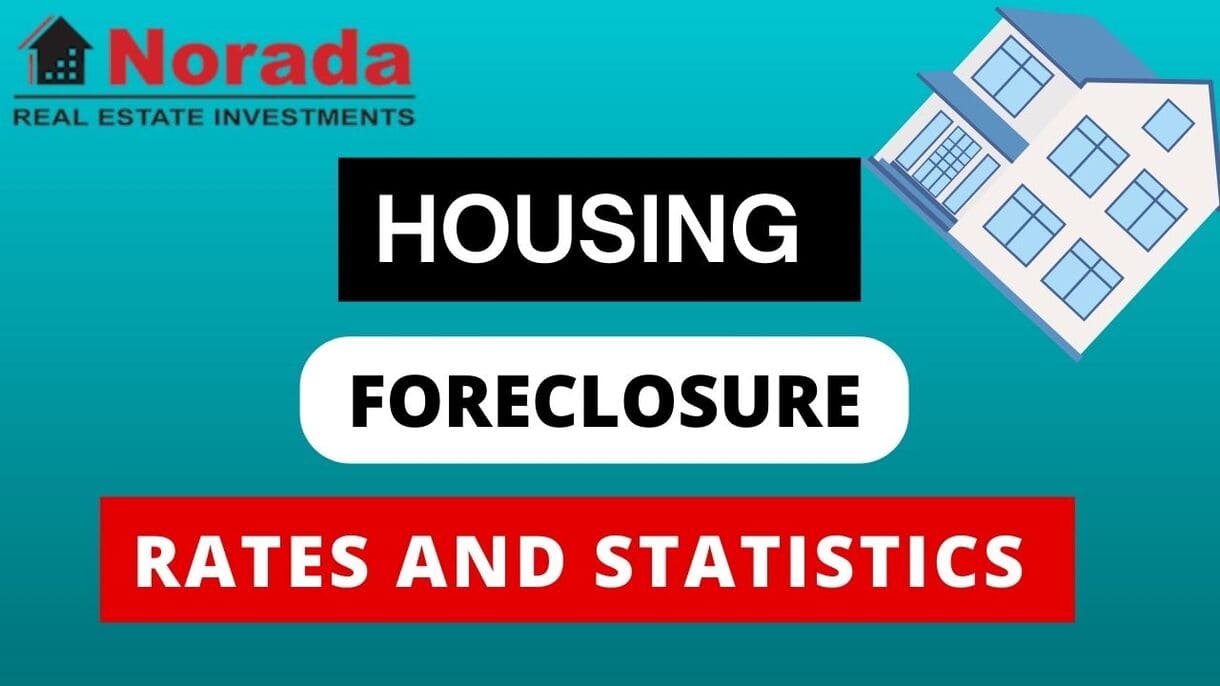Navigating the current London housing market trends can feel like trying to solve a complex puzzle. So, what's really going on? In short, the market is showing signs of increased activity with home prices seeing their fastest year-on-year increase since April 2023. However, housebuilding activity in London maintains a steady decline since 2022, with housing completions in 2024 at the lowest rate so far in the 2020s. Let's dive into a detailed breakdown to help you understand what's happening and what it means for you.
Current London Housing Market Trends:
Home Sales
The London property market is a world of its own, and understanding the sales figures is crucial. According to recent data by the Greater London Authority, there's a noticeable shift in buyer activity.
- Increased Activity: We're seeing increased activity in the market as a changing balance of new buyer enquiries compared to instructions to sell shows. After a period of falling demand, enquiries grew in the last quarter following the first Bank of England rate cut since May 2022.
- Net Positive Market Activity: Additionally, a growing majority of respondents have reported an increase in the supply of homes for sale, resulting in the first net positive market activity since 2022.
Home Prices
What's happening with home prices in London? This is a question on everyone's mind, whether you're a potential buyer, seller, or just curious about the market.
- Rising Prices: The average house price in London experienced a significant rise in the average price of homes sold from March to August 2024, showing the highest growth rate in the last two years.
- Average Asking Price: The average asking price in London was £694,906 in October 2024 (not adjusted to account for the mix of homes sold).
- Borough Variations: It’s not uniform across the city. Newham, Havering, and Harrow experienced the highest annual growth, while Kensington and Chelsea, Westminster, and Camden saw the biggest price falls.
Are Home Prices Dropping?
While overall prices have generally increased, it's essential to look closer to get a full picture.
- Mixed Signals: While the average price has gone up, some boroughs are experiencing price drops. This highlights the importance of looking at local data rather than relying solely on city-wide averages. Some sales professionals also noted a greater prevalence of price reductions and negotiated discounts.
- Inflation Impact: In real terms, it's worth considering how inflation affects these figures. Even if nominal prices are rising, the real value might be different when adjusted for inflation.
Housing Supply
The availability of homes is a critical factor in determining market dynamics. Limited supply often leads to increased prices, while an abundance of supply can create a buyer's market.
- Declining Housebuilding: Measures of housebuilding activity in London have declined since 2022.
- Low Completion Rate: Housing completions in 2024 are at the lowest rate in the 2020s so far.
- Starts, Completions, and Sales Decline: Compared to the year to September 2023, starts in the last year fell by 13%, completions by 6% and sales by 19%.
Is It a Buyer's or Seller's Housing Market?
This is the million-dollar question! Is now the right time to buy, or should you wait? Should sellers list their properties now, or hold off for a better opportunity?
- Shifting Balance: Previously, the market favoured sellers due to high demand and limited supply. However, the recent increase in homes listed for sale suggests the balance is shifting. The increase in sales, however, hints that it is a seller's market for the time being.
- Complex Picture: As of the moment I believe it is more balanced than it has been for some time. If I was considering either buying or selling, I would do so.
Market Trends
Beyond prices and supply, several broader market trends are shaping the London housing market.
- Rental Market Dynamics: Growth in average private rents across all tenancies remains very high, but growth in rents for new tenancies has slowed markedly.
- Construction Material Costs: Prices of construction materials in the UK have been falling gradually since their peak in mid-2022, but remain comparatively stable after very rapid growth in 2021 and 2022.
- Rental Demand Fluctuation: The number of available rooms advertised for houseshares maintains an overall increase since 2023 while demand for rented rooms fluctuates.
- Rising Affordability Issues: Data shows a worsening in affordability in the last two years as rents outpaced earnings growth. Londoners starting new tenancies in October were spending 39% of their income on rent, down slightly from the peak of 40% in February.
Impact of High Mortgage Rates
Mortgage rates play a significant role in housing affordability and demand. High rates can deter potential buyers, while low rates can stimulate the market.
- Mortgage Rate Impact: This affects affordability. Though it has decreased by 1.35% in the last year, potential buyers are still very wary.
- Bank of England Expectations: Construction firms are expecting growth to return as a result of rate cuts.
Summary in a Table
To give you a clearer picture, here's a quick summary table:
| Category | Trend | Key Data Point |
|---|---|---|
| Home Prices | Increasing, but varies by borough | Average asking price: £694,906 (October 2024) |
| Housing Supply | Declining | Housing completions in 2024 are at the lowest rate in the 2020s so far. |
| Rental Market | High rents but growth slowing, demand fluctuates | Average monthly private rent: £2,145 (September 2024) |
| Mortgage Rates | Hovering around 7% | Average quoted interest rate for a 2-year fixed-rate mortgage at a 75% loan-to-value ratio was 4.59% in September. |
| Construction Material Prices | Stable, but still high | 0.3% increase in the price index of materials used in New Work in September 2024 compared to September 2023 |
| Market Activity | More positive | Increase in the supply of homes for sale, resulting in the first net positive market activity since 2022. |
My Take on the London Housing Market
I see a market at a critical juncture. The recent growth in prices is encouraging for sellers, but affordability remains a major challenge for many. The decline in housebuilding is a concern, as it could exacerbate supply issues in the long run. I think buyers should be cautious and do their research, while sellers should be realistic about pricing.
It's also clear to me that the London market isn't monolithic. What's happening in one borough might be completely different in another. That's why it's so important to look at the local data and trends before making any decisions.
Summary:
The current London housing market trends are complex and dynamic. Prices are generally rising, but there are significant variations across boroughs. Housing supply is constrained, and affordability remains a concern. Mortgage rates are high, but there are expectations of future cuts. Understanding these factors is essential for anyone looking to buy, sell, or invest in London property. By staying informed and seeking expert advice, you can navigate the market with confidence.




